G. Edward H. Dickson Bequest
Brochures, books and magazines, mainly on hunting. The majority of the material is from the 18th and 19th centuries. The collection was donated to the library after the death of Dickson in 1964.
About the collection
This book collection was donated to the Gothenburg University Library on July 6th, 1964, and consists of about four metres of books on hunting and the outdoors; hunting practise, hunting history, hunting for sport and hunting as a livelihood and a means of protection. Apart from hunting as an immediate subject, the collection mirrors the cultural history of Sweden, and the Swedish history of ideas. In addition, the collection includes many books on angling, as well as books on dogs, mainly hunting dogs, their breeding and their various ailments and medical needs.
Among the authors represented in the collection is Llewelyn Lloyd, highly influential within 19th century literature on hunting. Lloyd was a Welsh amateur biologist, mostly known as a hunter and author. He first came to Sweden in 1823, and lived here on and off for almost two decades. He became known mainly for his books on hunting, including Game bird and wild fowl of Sweden and Norway (1867), represented in the Dickson bequest in three different Swedish 19th century translations titled Jagt-nöjen i Sverige och Norge. Other writers include Gustaf Kolthoff, represented with Minnen från mina vandringar i naturen and big game hunter Gustaf Schröder with Minnen från skogarna (1898). Other prominent names in the collection are Carl Linnaeus, Rudolf Ludvig Munsterhjelm and Svend Fleuron. All in all, many of the great names within hunting literature can be found here, as well as some rare small prints of older date, from the 17th and 18th centuries. Among these are Förbudh på fogel och diur at skiuta ock jaga (1641), and Kongl. Maj:st. nådiga resolution angående Jägerij (1682).
Even if many of the titles focus on hunting for sport, there are some other interesting aspects in the collection, pertaining to the history of ideas. A decent portion of the material concerns wolf hunting, where some titles were published in many editions, indicating past problems with predators experienced at the time. One of these titles is Johan Ludvig Bogislaus von Greiff's Beskrifning på warg-gårdars anläggning och skötsel (1803). Similar titles on bear hunting also feature in the collection, such as Herman Adolph Falk's Underrättelse om de i Vermland brukelige björnskall (1829).
Further material in the collection includes early legislation on the matter, which provides some insight into past attitudes in Swedish society regarding animals. Among the works represented are Kongl. Maj:ts och Rikets Commerce-Collegii Kungörelse, Angående Tiden til Djurs och Skogsfogels fällande (1788), Kongl. Maj:ts Nådiga Förbud, Emot Åker- och Rapphöns olofliga fångande, skiutande och säljande (1772), Kongl. Maj:ts Nådige Kundgörelse Til Förekommande af Elg-Djurs utdödande i Wäster-Norrland (1767), and Kongl. Maj:ts Nådige Kungiörelse Och Förbud Emot then i Skär-Gårdarne brukelige Äggningen eller Siö-Fogels Äggens borttagande och förstörande (1762).
Acquisition history
The collection was donated to the Gothenburg University Library in 1964, shortly after Dickson's death. The donation letter stated that it should be called the G. Edward H. Dickson bequest.
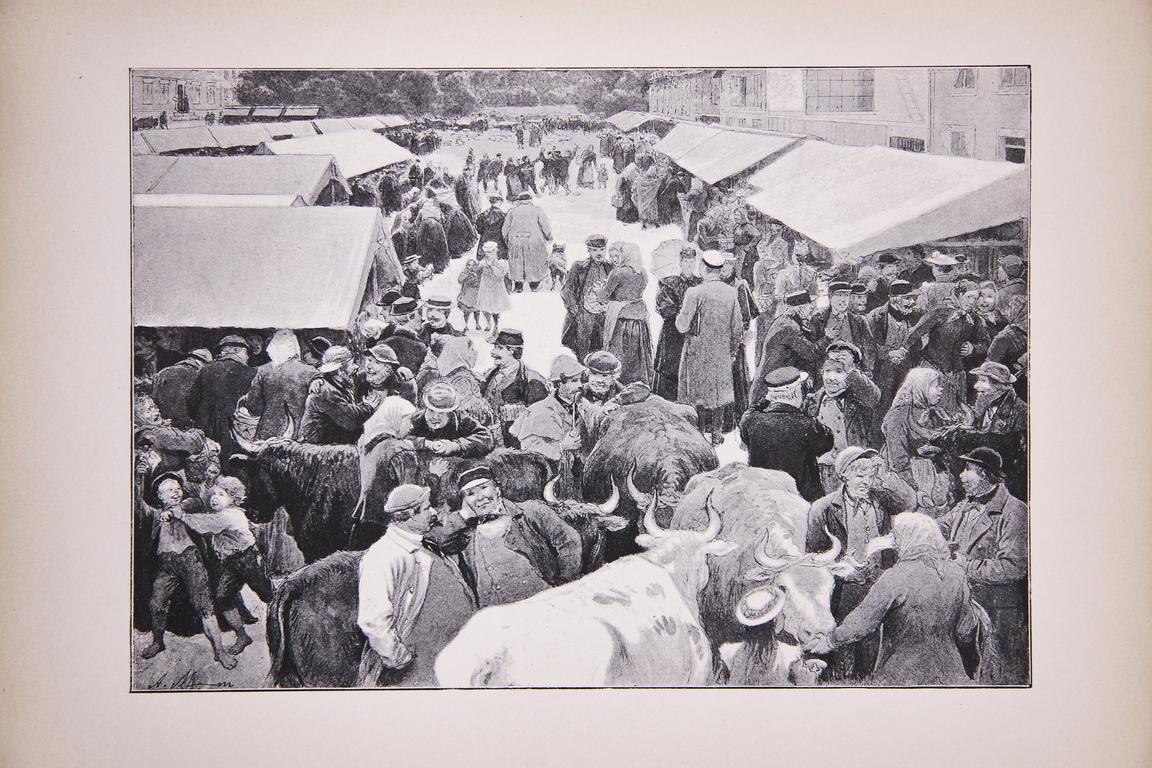
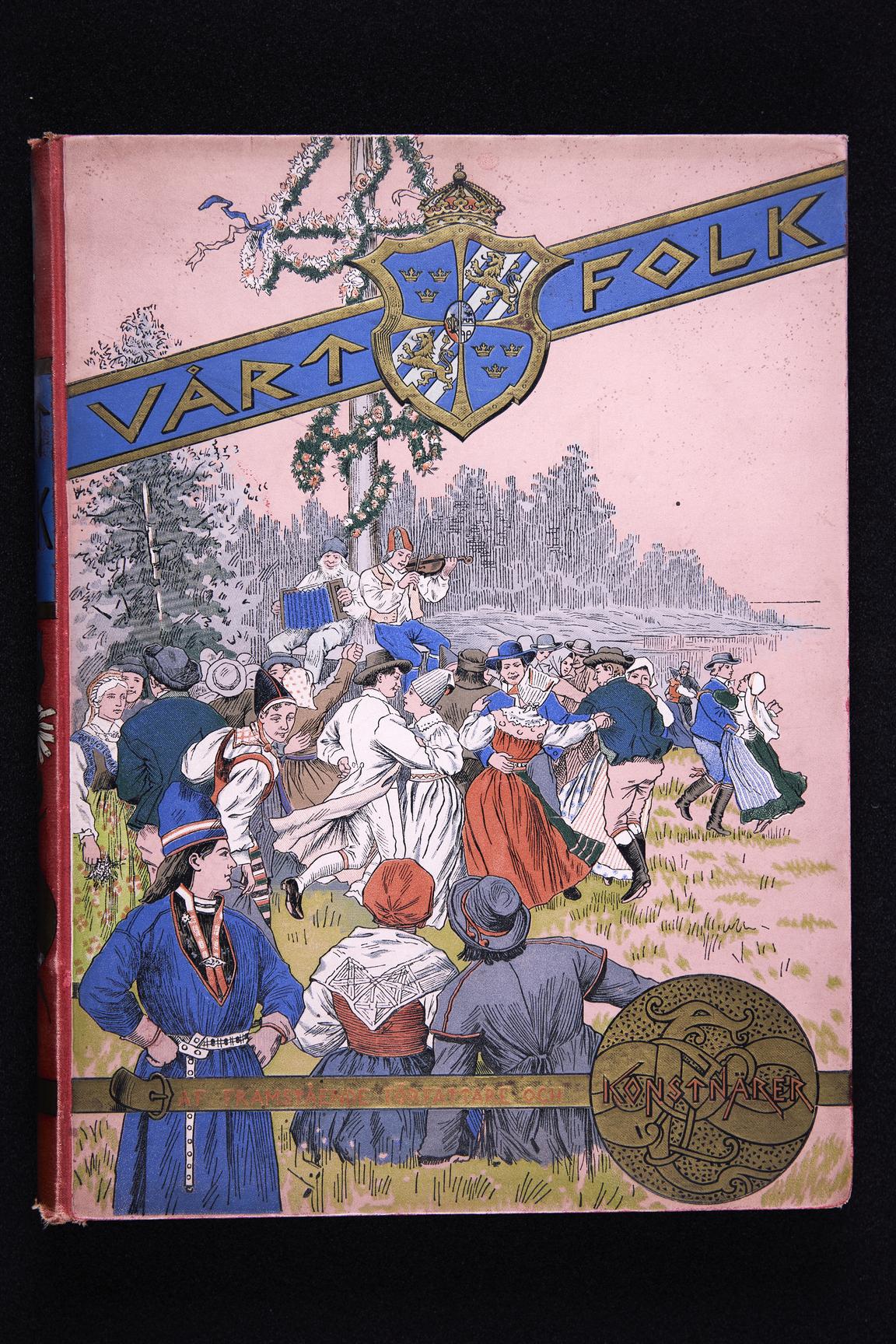
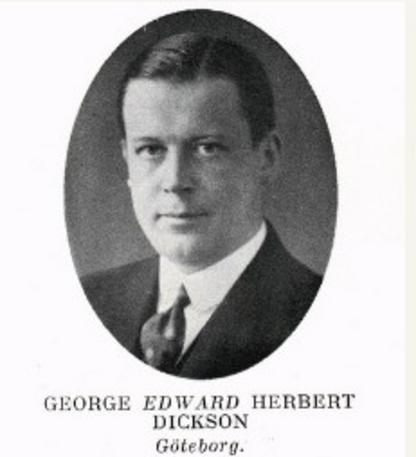
Access the collection
The collection is held in the closed stacks at the Humanities library. It is available for reading room use only.
Catalogue
The collection awaits cataloguing. The database post denotes the collection as a whole.
In Libris
In Supersök
Humanities library
Renströmsgatan 4
405 30 GOTHENBURG
Phone: 031-786 17 45
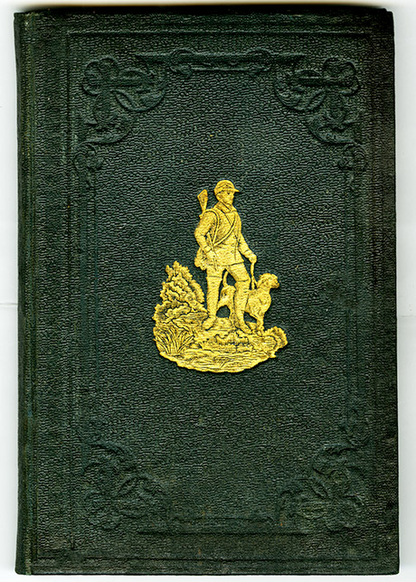
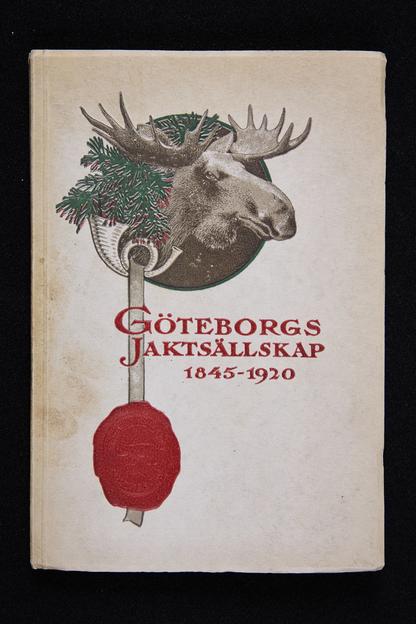
Text:
Stefan Benjaminsson
Biography
Georg Edward Herbert Dickson was born on December 24th, 1898. The Dickson family, originally from Scotland, has a long history in Gothenburg. Brothers Robert Dickson (1782-1858) and James Dickson the elder (1784-1855) moved to Gothenburg in 1802 and 1809 respectively. They established themselves independently as merchants, but soon formed a joint trading company, which proved very successful throughout the 19th century. Robert Dickson was the great-great-grandfather of G. Edward. The family has included members of the Riksdag, merchants and bankers, and has provided many donations to the city. Among these are the gifts from Emily Wijk, daughter of Robert Dickson, who provided extensive funds to, among other recipients, the Gothenburg College and what is now the Gothenburg Symphony Orchestra, as well as the means to offer rent-free apartments for working, educated women.
Edward Dickson graduated from the Göteborgs högre realläroverk in 1918, and continued his studies at the institute of trade, from which he graduated in 1920. From 1922 to 1929 he worked in the US, for two years as a banker and later as a salesman, working with Swedish wood pulp. In 1929, he returned to Sweden and first became a manager's assistant and later manager at the Gothenburg Bank. He left this position in 1934 and subsequently worked with wealth management. He was engaged in several foundations, including as a member of the Robert Dickson foundation, and the Anglo-Swedish society.
Edward Dickson had a fervent interest in hunting, prompted by his father George Dickson (1862-1933). Already in his childhood, Edward accompanied his father on hunting expeditions, and hunting remained his main passion and pursuit. According to Edward's sister Ingeborg, he hunted mostly around his house in Floda, but had additional hunting grounds in the Province of Småland. From time to time he made fishing trips to Norrland. Here, he made the acquaintance of Lapland physician and author Einar Wallquist. George Dickson was the original collector behind the hunting book library, which Edward would later inherit and expand. Incidentally, hunting has been a favourite pastime of several members of the Dickson family. Among them, Oscar Dickson, son of James Dickson the elder, was passionate about hunting.
Very little beyond the above is known about Edward Dickson's private life. He married Lily Dahlgren (1907-1991) in 1935 - the daughter of the late head of the Arla dairy concern, C. A. Dahlgren. The couple divorced in 1940. Neither of them remarried.
Edward was a dedicated member of Saint Andrew's, the English Church in Gothenbur. The first stone of the church was laid by his great-grandfather Robert Dickson (1819-1903) in 1859. Edward bequeathed money to the G. Edward H. Dickson memorial fund, the annual returns of which should be used for the maintenance and decoration of the church. The very similarly named foundation G. Edward H. Dicksons Donationsfond provides grants to benefit the education at the Gothenburg School of Navigation, the latter merged with the Chalmers University of Technology since 1980.
Dickson passed away on April 26th, 1964.
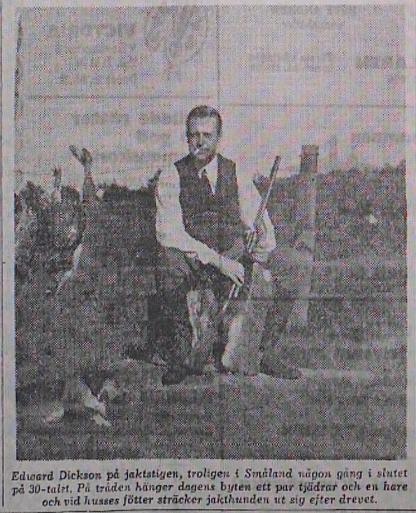
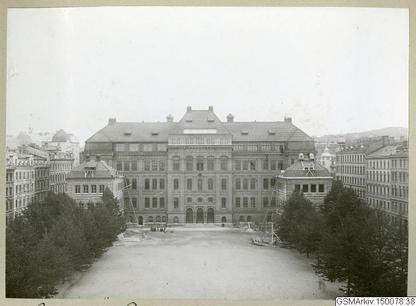
Read more
About G. E. H. Dickson via geni.com
Suggested research topics
- An overview of the collection's contents. What is represented here, and how does it mirror the time and context of the material?
- Biographical studies on G. Edward H. Dickson. A personal history including the connections to the Dickson family is a possible subject.
- Comparisons to other, similar collections.
- Depictions of hunting, fishing and game preservation in older literature, and contemporary views on the topic.
- The illustration of hunting, game and nature in a historical perspective.
Please contact us if you have any suggested research topics you would like to share!